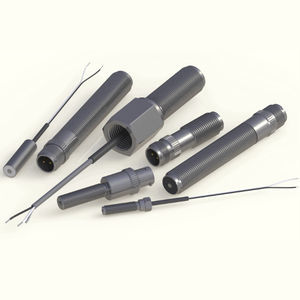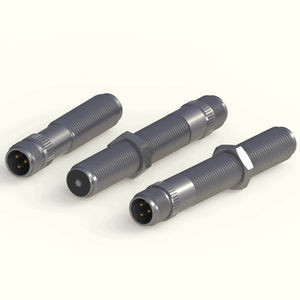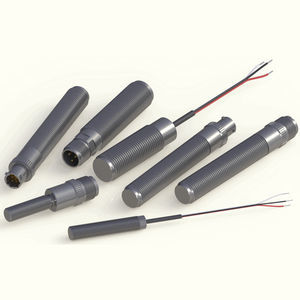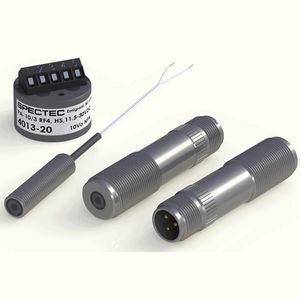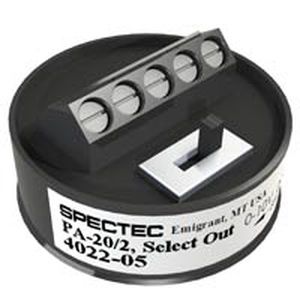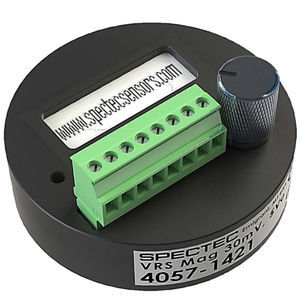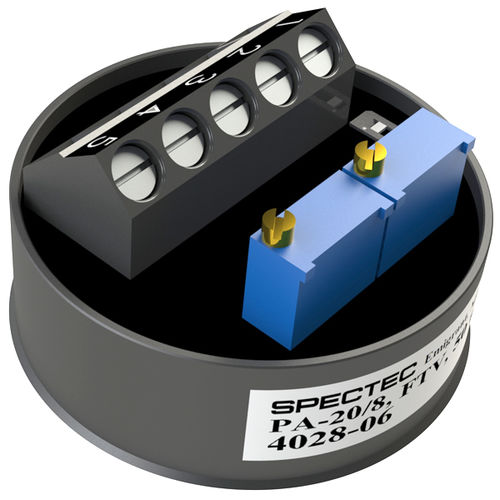
Frequency-to-voltage converter 4028 seriessignalcompact
Add to favorites
Compare this product
Characteristics
- Type
- signal, frequency-to-voltage
- Other characteristics
- compact
Description
Frequency to Current and Frequency to Voltage Signal Converters are used to transform the sinusoidal output of a Variable Reluctance Speed Sensor to an analog current or voltage signal. The signal will remain a constant current or voltage at a specific flow rate (e.g., 4 mA at no-flow and 20 mA at maximum flow).
Available in puck style housings that can be mounted in electrical cabinets or dropped into conduit elbows and enclosures.
The 4026 Converter incorporates both FTC & FTV conversion circuits (e.g. 4-20 mA or 0-10V Analog output signals) and includes the option to convert a digital output (square wave signal).
Intrinsically Safe and Explosion/Flame Proof versions are also available for Hazardous Locations.
Digital to Digital converters are used to convert one digital output (square wave signal) to another.
APPLICATIONS
• Flow metering
• Engine speed (crank and flywheel)
• Conveyor / Process speed
• Retrofit new electronic systems to older equipment
The 4028 FTV converter is designed to receive frequency input from any passive magnetic, variable reluctance sensor (VRS) and converts the signal to a proportional 0-10V or 0-5V output. The frequency range is field adjustable to fit most application. ZERO and SPAN adjustments make it easy to calibrate to almost any measurement range, with little interaction between the entire range of commonly available DC power, with no selecting or adjusting. The 4028 is designed to fit in a compact ELBY50 or ELBY75 explosion proof junction box.
Catalogs
No catalogs are available for this product.
See all of Spectec‘s catalogsRelated Searches
*Prices are pre-tax. They exclude delivery charges and customs duties and do not include additional charges for installation or activation options. Prices are indicative only and may vary by country, with changes to the cost of raw materials and exchange rates.


